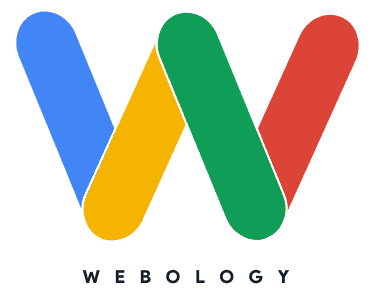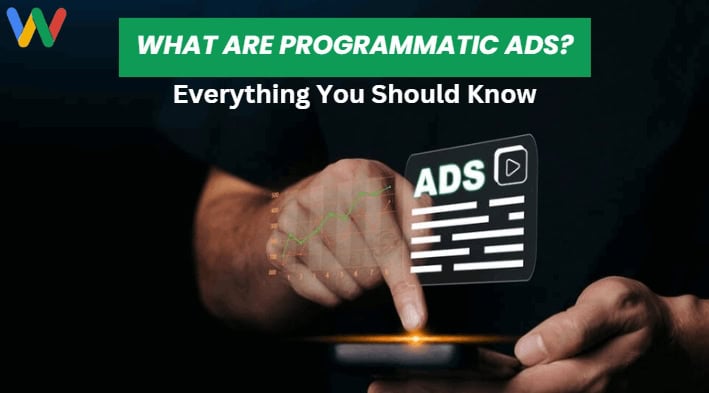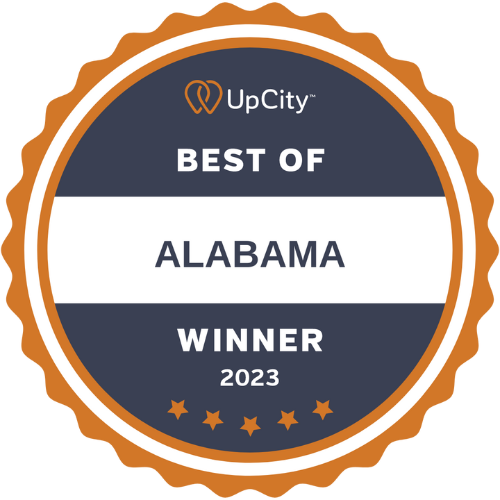You can create the best ads but if they aren’t optimized for the right audience and placed in the right locations, they won’t be effective.
If you’re a business owner trying to reach your target audience online, you might have heard about programmatic advertising. It’s a powerful tool that uses real-time data and algorithms to place your ads in front of the most relevant audience.
The inception and growth of AI in digital marketing have created numerous opportunities for small business owners to connect with their audience effectively, and programmatic advertising is just one example.
In this post, we’ll talk about a relatively new development in digital advertising: programmatic ads.
You’ll get comprehensive answers to:
- What are programmatic ads?
- Why do they work and why should businesses use them?
- What are their types?
- And more
Let’s dive in.
Table of Contents
What are Programmatic Ads?
The traditional advertising method involves several steps, including:
- Proposals
- Quotes
- Negotiations
Doing all that manually takes up quite a bit of time.
Programmatic advertising refers to using software platforms to automate the process.
Essentially, it’s leveraging software to buy and sell digital ad spaces.
Since it takes care of the ad buying process, marketers can focus on further optimizing their efforts for a higher return on spend.
Why Does Programmatic Advertising Work?

Programmatic advertising works mainly because it uses artificial intelligence to make the ad-buying process more:
- Targeted
- Efficient
- Scalable
According to Statista, over 75% of digital marketers think that AI will continue to improve the way programmatic advertising works.
Let’s get into the benefits of programmatic advertising.
Efficiency
With programmatic advertising, you don’t have to worry about proposals, quotes, and negotiations.
The software takes care of all of that for you. This not only saves time but also minimizes human error and bias.
Additionally, programmatic advertising allows for real-time bidding, meaning that bids are placed and ads are shown in a matter of milliseconds.
Reach
Personalization helps you reach the right people online. Programmatic ads help you do that by targeting users based on different signals such as browsing activity.
Transparency
Traditional advertising offers limited control over ad placement and inventory. With programmatic advertising, you know where your ads will appear.
Measurement
Lastly, you get to measure and track the performance of your ads in real time; this helps you optimize elements of your ad for maximum output. Programmatic advertising also allows for more accurate and detailed reporting, giving you insights into how your ads are being received by different audiences. With this information, you can make data-driven decisions to improve your ad campaigns and overall marketing strategy.
Types of Programmatic Advertising
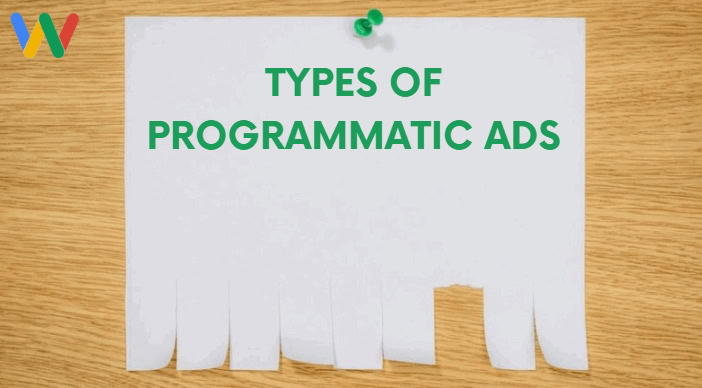
Here are the main types and platforms in programmatic advertising.
Demand Side Platform (DSP)
DSPs are platforms that help advertisers and agencies buy ad space across the internet with real-time bidding.
As an advertiser, you can buy ad space on DSP platforms based on customer data such as their:
- Browsing history
- Age
- Interests
Supply Side Platform? (SSP)
SSPs complete the other side of the equation. They help publishers sell their ad space to the right advertiser through real-time bidding.
Ad Exchanges
An ad exchange space bridges the gap between advertisers and publishers by providing an effective business environment.
Ad exchanges are essentially marketplaces where publishers can sell their ad space and advertisers can bid on it in real-time. They allow for a more efficient and streamlined buying process, as well as better targeting capabilities.
Data Management Platforms (DMPs)
As the name suggests, a DMP gathers and analyzes users’ data and helps advertisers target their audience accurately. If you don’t like the idea of that, there’s a few things you can do to boost privacy like using a more anonymous search engine. DMPs are essentially media buying platforms.
Ad Networks
On an ad network, advertisers can find and connect with a variety of publishers. The purpose of these networks is to connect both parties and help them buy and sell ad spaces.
Ad Servers
An ad server “Serves” your programmatic ads to the right people at the right time in their journey. It also helps with tracking and reporting on the performance of your ads.
Getting Started with Programmatic Advertising
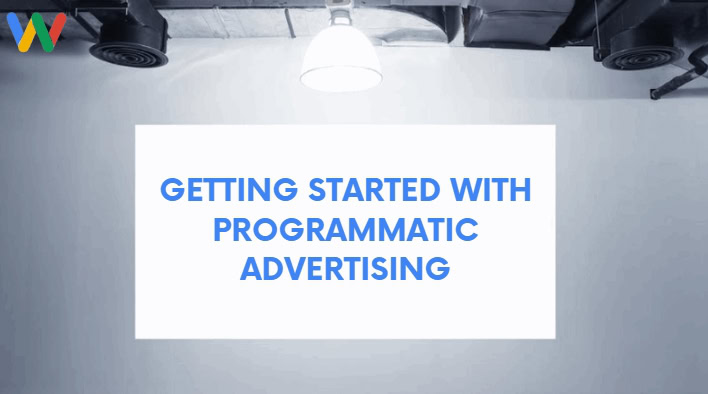
Now that you know the types and benefits of programmatic ads, let’s talk about making them work for your business.
Educate Yourself About the Market
You need to equip yourself with all the necessary knowledge before jumping into uncharted territory.
Take your time to understand the concepts, platforms, and technology behind programmatic advertising.
Also, look at how competitors implement this new technology in their digital marketing workflows. Competitor research can give you insights into industry trends and best practices.
Knowing what’s working in the market will help you craft impactful ad campaigns for your business.
Set Your Goals
You must have a clear goal before throwing in an advertising budget for a programmatic advertising campaign. Otherwise, you’ll be wasting resources on aimless campaigns.
Your goal could be to increase brand awareness, generate leads, or drive sales. Once you have a defined goal, you can then determine which programmatic strategies will best align with it.
The goal will depend on what you want to achieve with digital advertising in general, and programmatic ads in particular.
Consider your resources and underlying business goals to create a clear objective for your ad campaign.
Some common programmatic ad goals are:
- Building brand authority
- Generating traffic to a product page
- Getting more signups for your newsletter
Your goals should be specific, measurable, achievable, relevant, and time-bound. This will help you track your progress and make necessary adjustments along the way.
Get Involved
The fact that you can use sophisticated algorithms to automate some of the ad-buying process makes programmatic ads so attractive.
But, that doesn’t mean you can let the machines or AI run everything for you.
You’ll still need to plan, control, and optimize your ad campaign to achieve the desired results.
Create a perfect balance between automation and human involvement by continuously monitoring and analyzing the performance of your ads. This will allow you to make data-driven decisions and fine-tune your strategies for maximum effectiveness.
Plus, tracking your ad campaign’s results will be the best way to ensure you’re moving in the right direction and not wasting your ad budget.
Keep an Eye Out for Fake News
Programmatic advertising relies heavily on algorithms.
This can lead to your ad appearing in the wrong places.
You want to avoid featuring your business on a site that shares fake news.
To counter this potential issue, keep your demand-side blacklist up to date.
This means excluding particular sites from your ad campaigns; you can also exclude entire categories.
Another option would be to use a whitelist, which would mean your ad will only appear on particular websites.
The goal is to make sure your ad doesn’t appear in low-quality digital spaces.
Watch Out for Ad Fraud
Navigating ad fraud is a challenge every digital advertiser has to overcome. It’s estimated that advertisers lose billions of dollars every year due to fraudulent activities.
How do you deal with it? By tracking your budget and reach.
Don’t focus on reach only. Make sure you’re getting good-quality traffic.
Plus, make sure your ad campaign is compliant with privacy regulations.
3rd Party Verification
One way to protect your ad budget from ad fraud is by using a third-party verification service.
These services can detect and block fraudulent traffic, ensuring your ads are seen by real users on legitimate websites. They also provide detailed reports and analytics to help you identify potential areas of fraud.
By using 3rd party verification, you can have peace of mind knowing your ad is being seen by real people, on authentic websites.
Amy’s Final Thoughts on Programmatic Advertising

Creating an ad that grabs attention and inspires action is a crucial part of advertising.
But, what if the right people don’t see your ad? What if your ad doesn’t appear in the right places?
The traditional way of doing things involves proposals, quotes, and negotiations.
Programmatic advertising does all the heavy lifting by helping advertisers and publishers with real-time bidding.
It streamlines the ad-buying and selling process, allowing you to focus more on other aspects of your business.
However, you should track, oversee and optimize your ad campaigns to ensure you’re on the right track. Webology can help! If you’re looking to reach your target audience on authentic websites, our programmatic advertising services can help you achieve that goal.
With our advanced targeting options and access to a vast network of reputable publishers, we can ensure your ads are seen by the right people in the right places. Our team of experts will work with you to create compelling ads and monitor their performance, making adjustments as needed to maximize results.
You May Also Like: What are OTT Ads? 3 Reasons to Use Them
